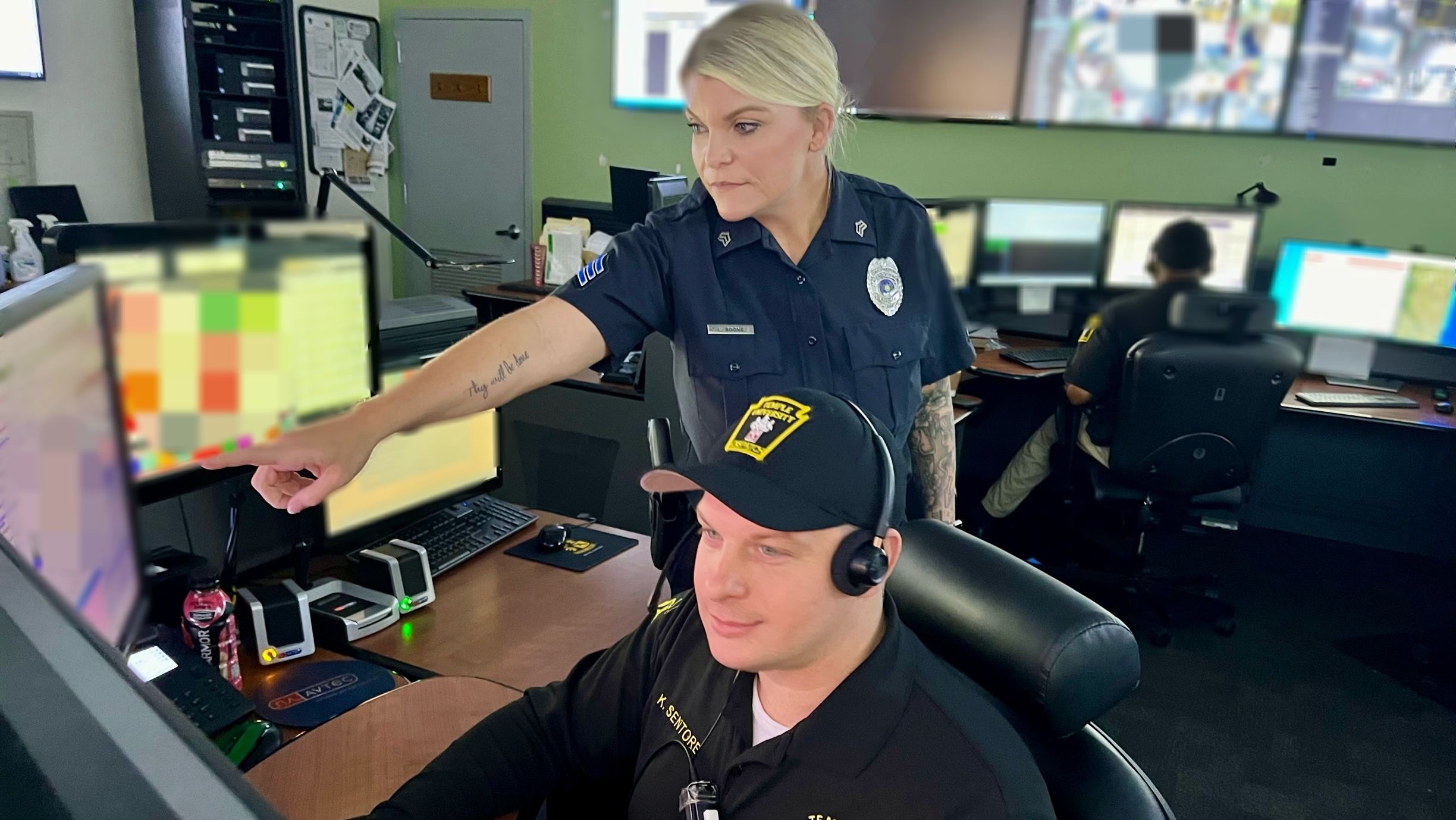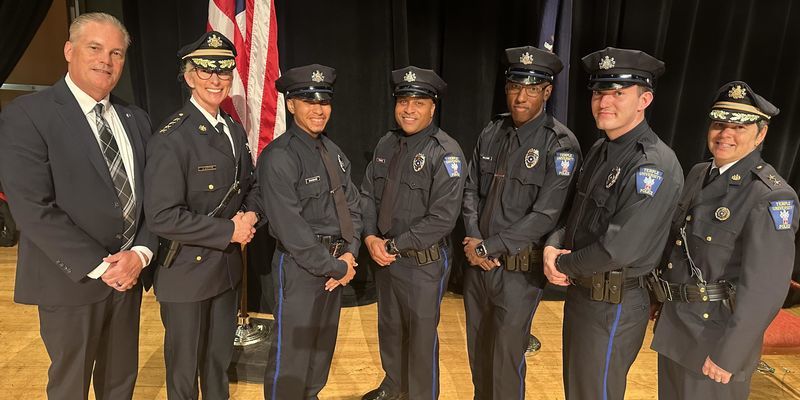Temple's dispatch system gets major upgrade for first time in 20 years
Temple University’s dispatch center received major updates that will improve safety on the campus.

The phone rings just once inside a dimly-lit room called the Communication Center, located at 11th and Montgomery streets, before dispatcher Kyle Sentore quickly answers: “Temple Police, how can I help you?”
Sentore is one of the individuals who answers when you call 215-204-1234, the number to the Temple University Police Department.
“My favorite part about the job is being there to help when people are in need,” Sentore said.
Every day, dispatchers inside Temple University’s Communication Center answer about 350 calls, fielding everything from parking questions, walking escort requests, locked offices and emergencies that require police.
Now, the computer system that dispatchers use to answer calls and make contact with Temple Police, is getting completely replaced for the first time in more than 20 years.
“This new system, called the Automated Records Management System or ARMS, will improve public safety within the Temple community,” said Police Sergeant Lauren Boone, who supervises dispatch.
Boone said the previous system required dispatchers to first answer a call and ask the individual for the address of the emergency. If the caller only knew the building name they were in, like White Hall, the dispatcher would have to manually find the address. With the new system, however, the dispatcher only has to type in the name of the building, and the address will auto populate.
“Sometimes, seconds matter. So this will improve the response times of Temple Police and improve safety across campus,” Boone said.
Additionally, the new system is improving the way dispatchers and police communicate. Previously, dispatchers would radio police officers to verbally tell them that there is an incident in their computer system and that they need to respond. Now, in addition to verbally dispatching officers over police-radio, the new system automatically alerts police through their in-vehicle computers.
The new system also includes a records management system; a statistics management system; and information on Temple students, faculty and staff.
“So if a student wants to register a bike, previously, they would have to fill out a paper form, and then a security officer would have to input all their information. With the new system, much of that information, like a student’s address and phone number, should already be in the system,” Boone said.
Adjusting to the new system has been mostly smooth, and by the time school starts, everyone will be familiar with it, Boone said.
“While dispatchers say ‘Temple Police’ when they answer, we are 911, 311 and 411 all in one because of the range of calls we get. Our dispatchers do it all,” said Boone.
Dispatchers are also now working off of new, upgraded monitors.
“At the end of the day, ARMS is a robust system that can accomplish so much more than our previous system, not only in the collecting information, and dispatching police officers, but also on the back end with data analysis to inform strategy and communication to the community,” said Chief of Police and Vice President for Public Safety Jennifer Griffin. “Minutes matter in policing, and this will improve efficiency and strategy. We want to ensure that when students, faculty and staff call for an emergency or nonemergency, they’re getting the help that they need as soon as possible.”


